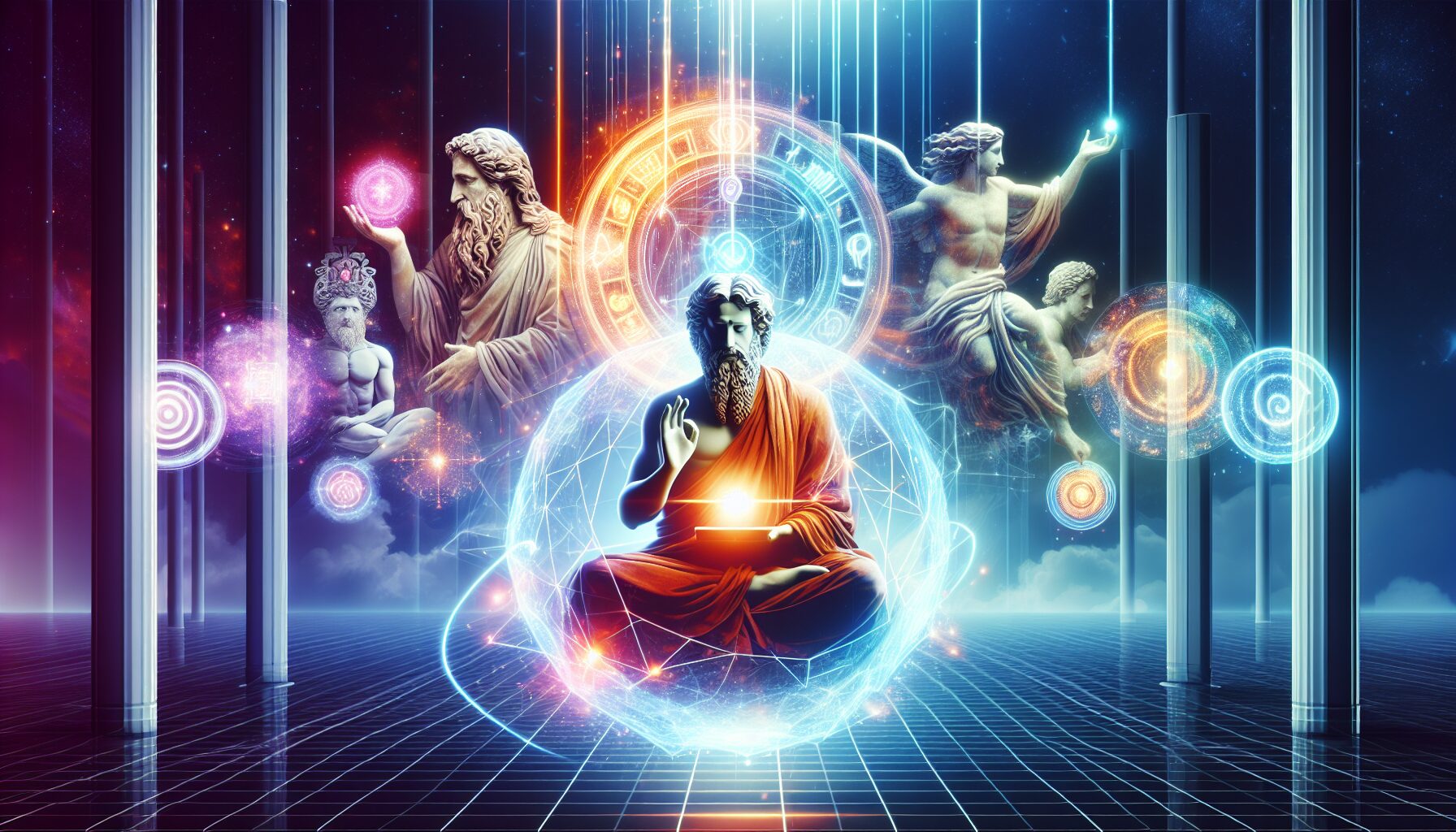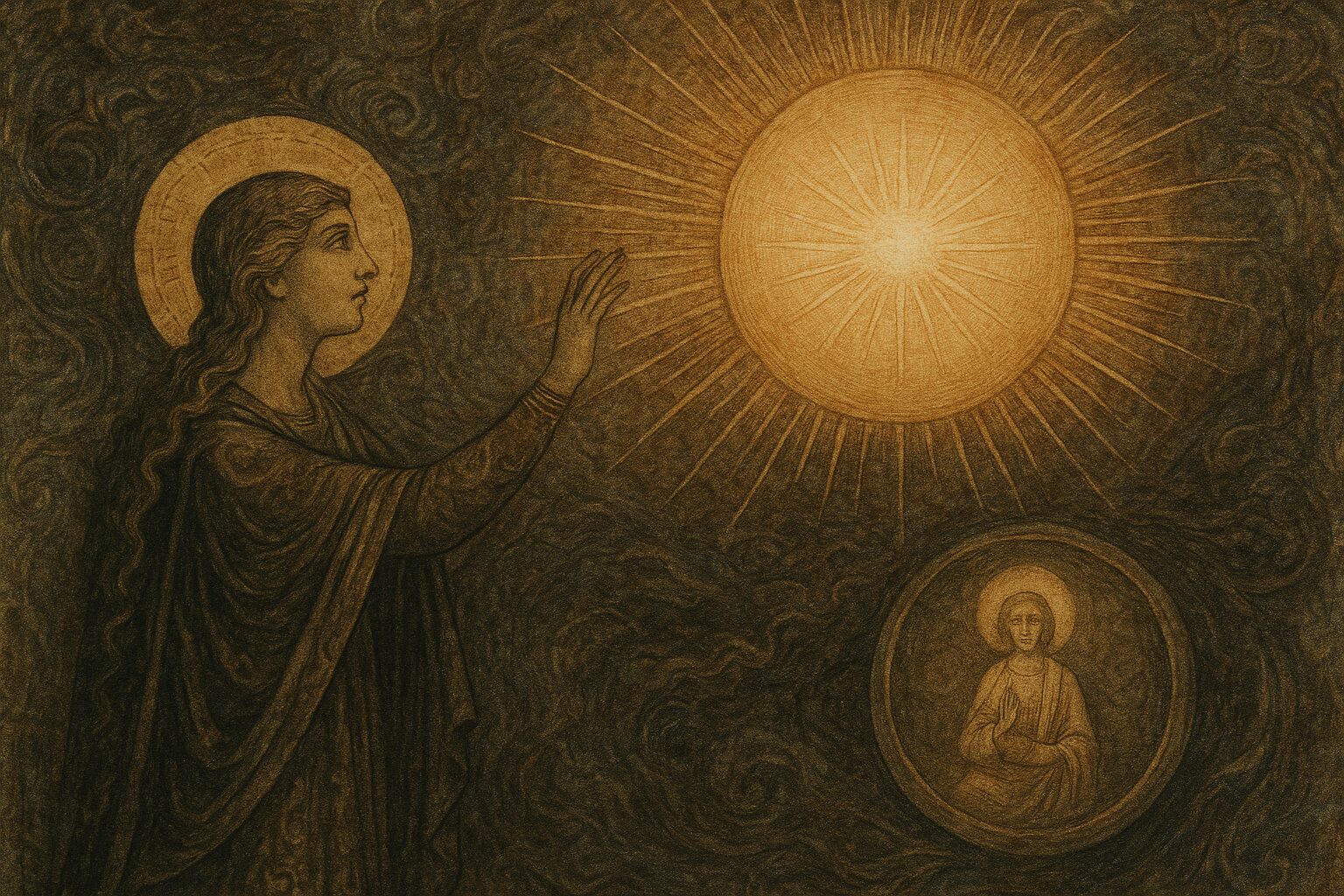The concept of the Pleroma, rooted in Gnostic traditions, refers to the fullness of divine powers and emanations. As digital culture evolves, this ancient idea finds new relevance in the virtual world. The metaphorical journey of the Aeons into cyberspace reflects not only technological advancements but also a deeper philosophical quest for understanding.
Gnosticism and the Digital Age
Gnosticism, an ancient belief system that emphasizes esoteric knowledge, posits a spiritual universe populated by divine entities called Aeons. These beings inhabit the Pleroma, a realm of pure light and truth. According to Stanford Encyclopedia of Philosophy, Gnostic texts describe the Pleroma as “the totality of divine powers.” This mystical concept finds a surprising parallel in the online world, where digital realms offer limitless possibilities for exploration and discovery.
Cyberspace as the New Pleroma
In the digital age, cyberspace can be seen as a modern Pleroma, a virtual space where knowledge, creativity, and connection are abundant. The internet, much like the Gnostic conception of the divine realm, is a network of infinite pathways and potentialities. As scholars like Erik Davis in TechGnosis: Myth, Magic, and Mysticism in the Age of Information suggest, “the metaphors of information technology increasingly mirror ancient spiritual ideas” (source).
The Role of Aeons in Cyberculture
In this digital Pleroma, the Aeons are represented by various manifestations of human creativity and innovation. These include:
- Social Media Platforms: Mirroring the interconnectedness of Aeons, platforms like Twitter and Instagram create networks of shared thoughts and experiences.
- Virtual Reality: VR technology offers immersive experiences akin to spiritual journeys, expanding the boundaries of perception and understanding.
- Artificial Intelligence: With AI’s capability to learn and evolve, it embodies the dynamic nature of Aeons in the digital realm.
Challenges and Opportunities
While the internet offers a new kind of Pleroma, it also presents challenges. The vastness of information can lead to confusion, much like the Gnostic struggle to discern true knowledge. However, this digital landscape also provides opportunities for enlightenment and transformation. As Wired magazine notes, “the digital world is not just a tool but a new environment where the human spirit can thrive or falter” (source).
Conclusion
The journey of the Aeons into cyberspace illustrates the fusion of ancient wisdom with modern technology. As we navigate this digital Pleroma, we are challenged to seek deeper understanding and connection. The integration of Gnostic ideas into cyberculture invites us to explore the spiritual dimensions of our online experiences, reminding us that the quest for knowledge and truth is timeless.

